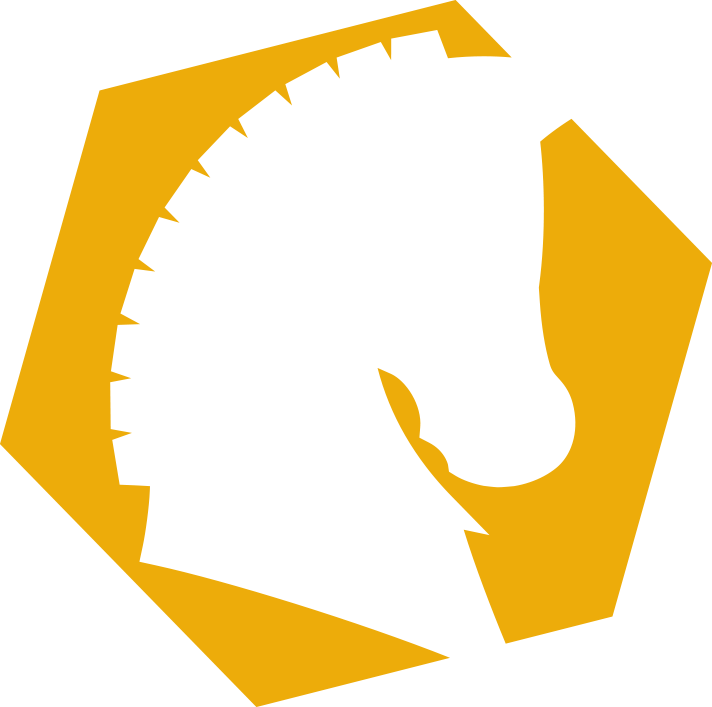Getting started is always the hardest part of any endeavor, especially a long-term project like developing a game. The finish line can feel so far away when you are starting from nothing. The most important thing to do is to gather your ideas and get started. Momentum is a powerful force that can carry you through a project, but that momentum needs to be started somewhere. You might have a great idea for a game, but where do you start?
1. Start with the Basics
Diving into game development can be overwhelming, but remember, every masterpiece starts with a single stroke. Begin with the essentials. Think of your prototype as an arts-and-crafts project. Grab some sharpies, index cards, poster board, dice, or whatever else you might need. A quick trip to the dollar store can equip you with these basic tools for under $10. This minimalist approach ensures you focus on the core mechanics without getting bogged down by aesthetics. You will be iterating quickly in the early stages of your game development and many of your first prototypes will be changed multiple times (or outright scrapped). Focus on the mechanics and playability right away.
2. Playtest Early
Before you get too deep into development, share your game idea with friends, especially those who are board game enthusiasts. Their initial reactions can offer valuable insights. Organize a playtest session, but set expectations. It’s likely to be a bumpy ride, and you might need to improvise rules on the fly. Emphasize the importance of candid feedback; sugar-coated opinions won’t help refine your game. The playtesters may be your friends or family, but remind them that honest feedback is valuable to refining your game. Most important: remember to take that feedback in stride. Constructive criticism is not personal criticism.
3. Forget About Art
While it’s tempting to envision your game with stunning artwork, remember that art comes later. It’s an investment, both in time and money. Before you even think about aesthetics, ensure your game mechanics are solid. A beautiful game that’s broken or dull won’t captivate players. Once the gameplay starts to gel, you can begin considering basic graphic design elements like icons, card layouts, and fonts. Make sure your game is playable first.
4. Don’t Get Stuck on an Idea
Game development is a fluid process. While it’s essential to have a vision, be prepared to adapt and evolve. If a particular mechanic or concept isn’t working, don’t be afraid to pivot. Your game’s overall goal should guide your decisions, not a rigid attachment to a specific idea. You can check out some more tips on iterating and letting go here.
5. Consider a Digital Version
In today’s digital age, platforms like Tabletop Simulator can be invaluable. They allow for more frequent playtesting and easier iterations than constantly printing and updating a physical version. Plus, they open up the possibility of remote playtests, broadening your pool of testers. It can be overwhelming to climb the learning curve of new software, but the payoff is worth is. Watch for upcoming tutorials on how to get started with Tabletop Simulator.
Bonus: Tools and Resources to Get You Started
As you delve deeper into game design, you might want to explore some tools to polish your prototype:
- Graphic Design: While Photoshop is an industry standard, free alternatives like GIMP, Krita, and Canva can serve your design needs well. For vector graphics, Illustrator is fantastic, but Inkscape is a worthy free alternative.
- Icons: game-icons.net offers a plethora of icons suitable for various game genres. The site is very easy to use and all the icons are quality. It is great for getting started with some basic graphic design.
- Digital Platforms: Beyond Tabletop Simulator, consider platforms like Tabletop Playground and Tabletopia for digital playtesting.
- AI: This may be controversial, but AI can have a place in the game development process. We here at Workhorse Game Studio believe the best art is created by humans. There is something special about the human touch that engages with people more so than any machine ever could. With that said – AI can serve as a great brainstormer and concept artist in the early stages of game development. AI like Midjourney can churn out sharp-looking game art for your early prototypes. AI is never perfect and needs the “human touch” though. For your final product, it is highly encouraged to use a human artists.
With these tips in hand, you’re well-equipped to embark on your game development journey. Remember, every game, no matter how complex, started as a simple idea. Stay passionate, stay flexible, and enjoy the process!


